Daniela Lieja Quintanar conducts four short interviews that address the reforming quality of art from the practice of four artists from Los Angeles.
In these brief interviews, we can see that the artistic practices of Juan Capistrán, Sandra de la Loza, Jimena Sarno, and Nao Bustamante are pursuits for understanding the world through which we move and are ways of extending lines of dialogues through memory exercises, critical to systems and daily action.

Nao Bustamante: Transferences and Transactions
Daniela Lieja Quintanar: Your extensive artistic practice can be read as a path where knowledge, questions about feminine ideals, myths, and history move from one side to another (I’m thinking here of the US-MX geographically and metaphorically), but land in different cultural hybrids that are in constant transformation. Could you talk about the project Soldadera (2015), in which you traveled to Guadalajara to meet Leandra Becerra Lumbreras (Mexico, 1887-2015), known as the last survivor of the Mexican Revolution?
Nao Bustamante: Leandra became an obsession and also a muse for me—a 127-year-old muse. I couldn’t believe there was still someone alive, a survivor of the Mexican Revolution. I was working in an archive at UC Riverside, with many thousands of images from the revolution and very few images of women. There was hardly any source material; first-person accounts were written down. People would tell me stories—about a great aunt or great grandma who were soldaderas or adelitas, tough women who protected their families. When I devised the dresses I had been thinking about time travel: going back in time to protect women the way they sought to protect us, their future.
When I met Leandra it was like meeting a relic. I don’t mean to elevate her from her lived experience, but placing my hand in her hand and knowing what she had seen and gone through was close to a religious experience. The work that I made with her places her in a cosmic position. I enhanced her own sounds in postproduction and worked with sound artist Kadet Kuhne. Placing her video inside of a stereoscopic photo viewer from the late 1800s and having the viewer sit on a stool with booty bass vibrations connected to Leandra’s banging on a cookie tin, I tried to make the viewer in awe of Leandra, in the same way that I was in awe.

DLQ: In America the Beautiful (1995-1998), a performance that you did in Mexico City at Ex Teresa Arte Actual and La Panadería as well as in the US, your body is pushed to its limits to fit the iconic image of a blonde US American woman—a widespread ideal thanks to the cultural transferences of Hollywood’s impact on Mexican culture and abroad. The parody accompanies this performance and the spectacular presence of the performer, Nao Bustamante, is something that still vibrates in the videos. If you could track your experience of performing America the Beautiful in the US and Mexico, what differences do you recall?
NB: I performed America the Beautiful in so many different locations—in Sweden, Australia, Peru, Israel, many places—and it resonated. The prowess of the blonde and our grotesque desire to conform is felt or at least understood in many cultures. The performance at Ex Teresa was particularly memorable, since I was working with such an old and dangerous ladder and the cathedral was a spectacular environment to climb up into. Also, the DF audience seemed particularly horrified, all the while wanting to cheer me on to more danger. It was one of the most exciting performances of that work for me. The work’s meaning is constantly shifting depending on context, but the blonde is universal.

Sandra de la Loza: Moving Around and Weaving Resistance
DLQ: You have a long work trajectory between being an unstoppable artist, activist, and educator, working with processes of knowledge and decolonization in theory and action. Your practice focuses on digging up buried histories like The Pocho Research Society, looking into the invisible roots that attach you to Los Angeles. It is a counter-hegemonic artistic practice that disappears from art into other fields, like activism and education, and then back again to art. What is the importance of still playing these three roles and merging one into the other?
Sandra de la Loza: I did not consciously decide to work or operate in those three roles. They came out of processes of thinking about where I am standing historically, spatially, geographically, and politically through decolonial processes. I came back to LA from school right after the ’92 rebellion, so that meant independent, autonomous cultural art spaces run by younger people, my generation, were responding to a specific context: the building of what we now call the prison industrial complex, and the demonization of ourselves and our communities by Hollywood. So, activism kind of joined from there in addition to entering educational spaces and spheres. Operating as an educator gave me an empathic understanding that helped to form ideas, language, and our own theories that later would be artistically approached, embedded in a cultural production process to materialize the ideas. The effort to distribute and make and circulate that cultural production led me to the sphere of art and contemporary art, using guerilla strategies.
DLQ: For years you have developed invisible historical narratives as a brown, Chicana woman from LA—from guerrilla interventions to anti-gentrification collective actions to tracking the brutal marks of displacement and exploitation in the city. How do you feel about these territories of resistance and where are you currently operating?
SdlL: The work that I’ve done in the last six years has made me consciously extract myself from circulating in contemporary art circuits, even though it may not seem like it. Through that process of retreat, I have been able to connect with the communities that I grew up in and with a very inter-generational group of people from a similar social position: working-class Chicanos in northeastern communities and East LA. Just looking at where we are historically and economically, you can see that it is a parallel to what happened in the 90s: a radical transformation of the LA that was built in the postwar era and the areas where these working class communities of color were built. In this process—now called gentrification—our communities are being radically changed and displaced. By building those relationships, I found a larger social body that was asking similar questions.
Also, I had the opportunity to collectively buy a little piece of property that is now active and functioning as an infrastructure of resistance not only in terms of the community relationship but also semi-economically with a collectively owned property. That is definitely a big part of my work which I never call art, it is just learning how to live autonomously and how to create my own infrastructure physically, politically, and socially.

DLQ: Could you talk briefly about your recent collaboration with Eduardo Molinari from Buenos Aires, as part of the exhibition Talking Into?
SdlL: The collaboration with Molinari, which is titled Donde se juntan los ríos e hidromancia archivística y otros fantasmas, entailed thinking about and researching the colonization of the land through rivers and its meaning in our respective cities. Before that project, I began developing relationships and learning about the native land through local native knowledge, like Olivia Chumacero’s Everything Is Medicine. In terms of resistance, Donde se juntan los ríos addressed the fight against the economic and political forces that are displacing us, as well as the creation of our own infrastructure and research, learning not only from the land but also from local native knowledge.
Eduardo and I chose three different “interlocutors” in our respective homelands: I chose the Southern California Library in South LA, which holds archives about social movements in Los Angeles, and Eduardo chose Vigil Library in Rosario, an archive around the dictatorship in Argentina. We also chose physical sites that spoke towards the issues of the colonization of the land: I chose the confluence of LA and the Arroyo Seco River—which is also the confluence of the 110 and the I-5 (highways in California)—it is also the location of the Hahamongna Native Plant Nursery, run by Nicholas Hummingbird and dedicated to the conservation of the native habitat. In contrast, Eduardo chose Punta Querandí, a site in the northern part of Buenos Aires where huge gated communities are being built for middle and upper-class families in the suburbs, radically transforming the land. Local native people have occupied a piece of land there–where you can find remains of the Querandí culture which no longer exists. For me, that speaks towards the future that I want to move forward into.

Jimena Sarno: Normative and Sanctioned
DLQ: Your artistic practice has included explorations of the production of “normality” and the power relations that produce it, specifically via borders, migration, citizenship/non-citizenship, and surveillance. homeland (2014) and home away from (2017) were immersive sensorial installations that addressed these everyday life issues. Could you talk about your interest around normality and the normalization of repressive systems, and your thinking about these ideas of smuggling?
Jimena Sarno: It seems like the definition of smuggling in this case positions it as an alternative practice to one that is normative and sanctioned. Whereas smuggling is just another way of importing or exporting—which implies the existence of controlled borders—when the law doesn’t allow that. For me, there is nothing romantic or mysterious about “smuggling”. It is the decision of those in power who have established and adhered to a structure that benefits them to decide what is within the allowed framework— regular import/export—and what is outside of that—“smuggling”—, in order to police and punish the movement of goods and people—to continue to wield power.
I am interested in imagining a world where these paradigms are challenged so these oppositions would be non-existent. For example, if there were no policing of borders and no extreme imbalance of control over what moves in what direction, there wouldn’t be a practice that challenges that, namely “smuggling.”
Smuggling may not necessarily be a self-conscious practice of dissent, but rather a survival tactic or the only choice when you are up against a system that was not designed to serve the powerless or even take them into account from the get-go.

In the context of art, and more specifically in my practice, I don’t claim to be “shedding light on” or “exposing” anything. By juxtaposing different normalized practices or aesthetic decisions in everyday objects, I create spaces for contemplation in which all of them exist simultaneously. What I try to create in my installations is a conflation of multiple normalized practices and aesthetic decisions that make them obsolete; stripped of their original functionality they are rendered absurd.
For example in homeland, a large-scale sculpture, video, and sound installation, I took the lifeguard tower as a point of departure. Benevolent in its image, the tower is simultaneously a site of protection and oppression. It ensures safe swimming as it monitors noise, clothing, and beverage consumption. The lifeguard tower has many architectural and functional elements in common with a prison tower and a border control site. Using the aesthetics of the lifeguard towers in Huntington Beach, California, where inmates of Folsom prison manufacture the towers, I conflated all three towers in one. The horizon line of the Pacific Ocean—the beach as leisure site and the border at the same time—provides an anchoring location and the only source of lighting in the space, but the light goes away too soon, the day is only 20 minutes long. 20 speakers transmitting tap dance sounds are scattered on the floor with their respective wires. Depending on what the lighting source dictates, visitors might have to negotiate the obstacles on the floor in almost complete darkness.
Similarly, in home away from, three architectural elements conflate into one inside-out, permeable structure: the Hollywood flat as the construction of an ideal through the use of a conventional holding structure and an affixed, interchangeable surface; lath and plaster structures—this time without plaster—used to construct interior walls, a practice brought by the British to all their colonies and used in the US until WWII; and lastly, the holding space before a border checkpoint. These architectural elements come together in the space with video projections, sound, and a custom-designed herbal scent to remake the space and experience of being with others in it: not a home but a home away from home.
home away from is a site for contemplation where all the contradictions of building a home away from home materialize and coexist in the same space. Neither is more familiar than the other, neither supersedes the other. How safe do we feel in our bodies every day, at airports, near the border, on the street? Are we free to stay, free to leave, and free to return? How is our “freedom” impacted by the scrutiny of everything we choose to say and choose to do? Why are we expected to be exceptional, when others can just be? And will we ever feel at home?

Juan Capistrán: Hijackers, Smugglers, and Pirates
Daniela Lieja Quintanar: How can an artist explore ideas of resistance or disruption in this art system that is also built carefully by groups of power?
Juan Capistrán: Being part of this art world—this art system—means you have a position of privilege and power.
Then, how do you navigate that? How do you use it? My practice has been giving agency to conversations around these questions. One of the most important things or responsibilities of being an artist is to recognize our ability to gain access to all these different worlds, places, cultures, and subcultures, and how we choose to navigate through them, and what we choose to do with this. I’ve always been interested in the way information can be disseminated through the idea of the infection of a cell that infiltrates the host. You may not know if it is good or bad, but it causes some kind of mutation, a way I operate in my artistic practice.
DLQ: This relates to how you defined your artwork by understanding yourself as a hijacker.
JC: That has a lot to do with my early process and work, through which I tried to understand my position and my place living here in LA and being who I am. Then, I took into consideration having gone to a private art school and to graduate school and being indoctrinated with the canon of Western art. You look at it and you read it and you learn it and you experience it, and then you think, “there are not a lot of people that look like me. Where do I fit in? Do I want to fit in? How am I going to exist? Where do I fit in? Do I want to fit in? How am I going to exist in this art world?”
A lot of it had to do with taking everything that I had learned and kind of tweaking it. It’s like you learn where you grow up about not having much, you learn how to cannibalize, how to hybridize things and use them and reconfigure them so that you can use them. I think a lot of the work that I do has reference points to that previous history, not only the personal. A lot of it, even though it happened before me, has to do with the 60s and 70s—this very pivotal time in terms of civil rights, becoming politically aware and active. That’s why you see references to the Black Panthers and references to May of 1968. There are these different political moments, not just here in LA, but nationally and around the world that I always go back to.
DLQ: You touch on these themes; about civil rights, police brutality connected with the subversive figure of the pigs—los marranos, the blood, the sweat—. How do you think they translate when you use them and put them together in art? When you see your art in a gallery, a booth, a museum, another exhibition, how subversive does it get?
JC: I think it’s funny, because you can’t get more subversive than that. Going back to “Made in LA”—when I was in it, I created Still I Rise Above (2013), which is myself “being” a black flag dangling on a pole—a funny image of myself. It is subversive work because you can read it in many ways: a black flag has to do with anarchy; it has to do with being a pirate; with a rejection of the rules that everybody follows in society. A “fuck you” to everything. When I see things that I do in a gallery space, I always have one of those moments where you hope that the artwork lives outside of the exhibition space. This takes us to my interest in producing things that viewers can take with them so they just don’t have this kind of experience within the gallery.

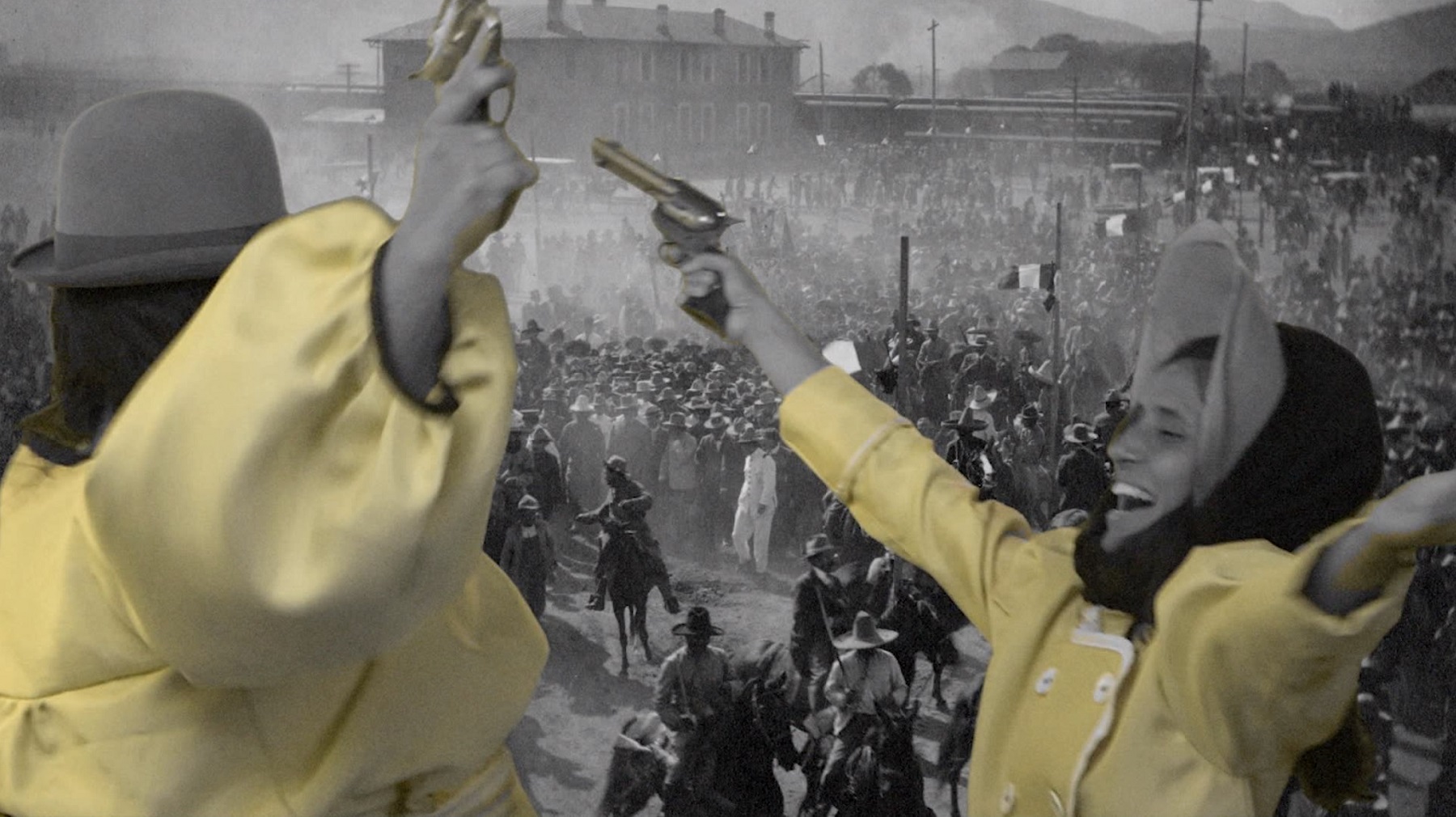

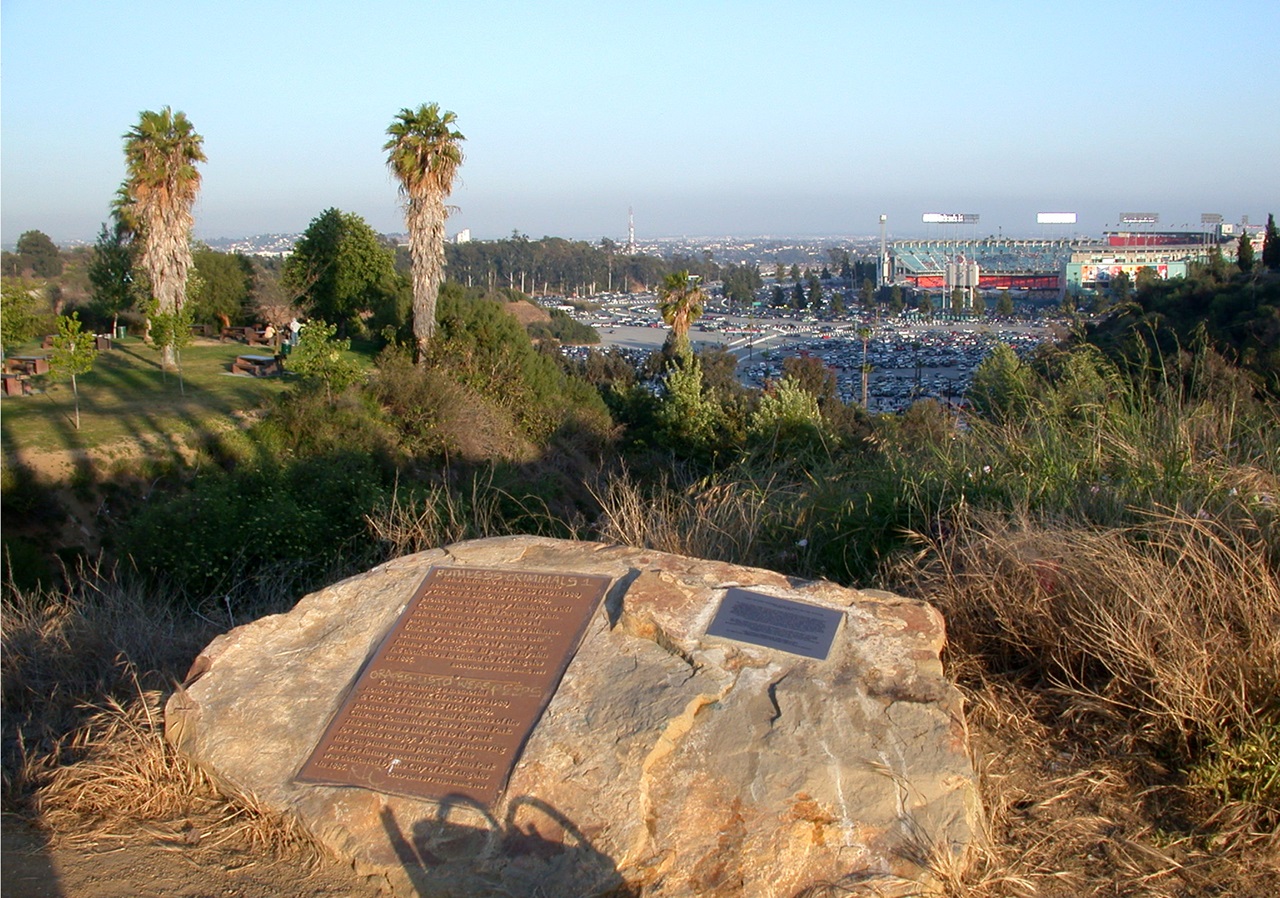
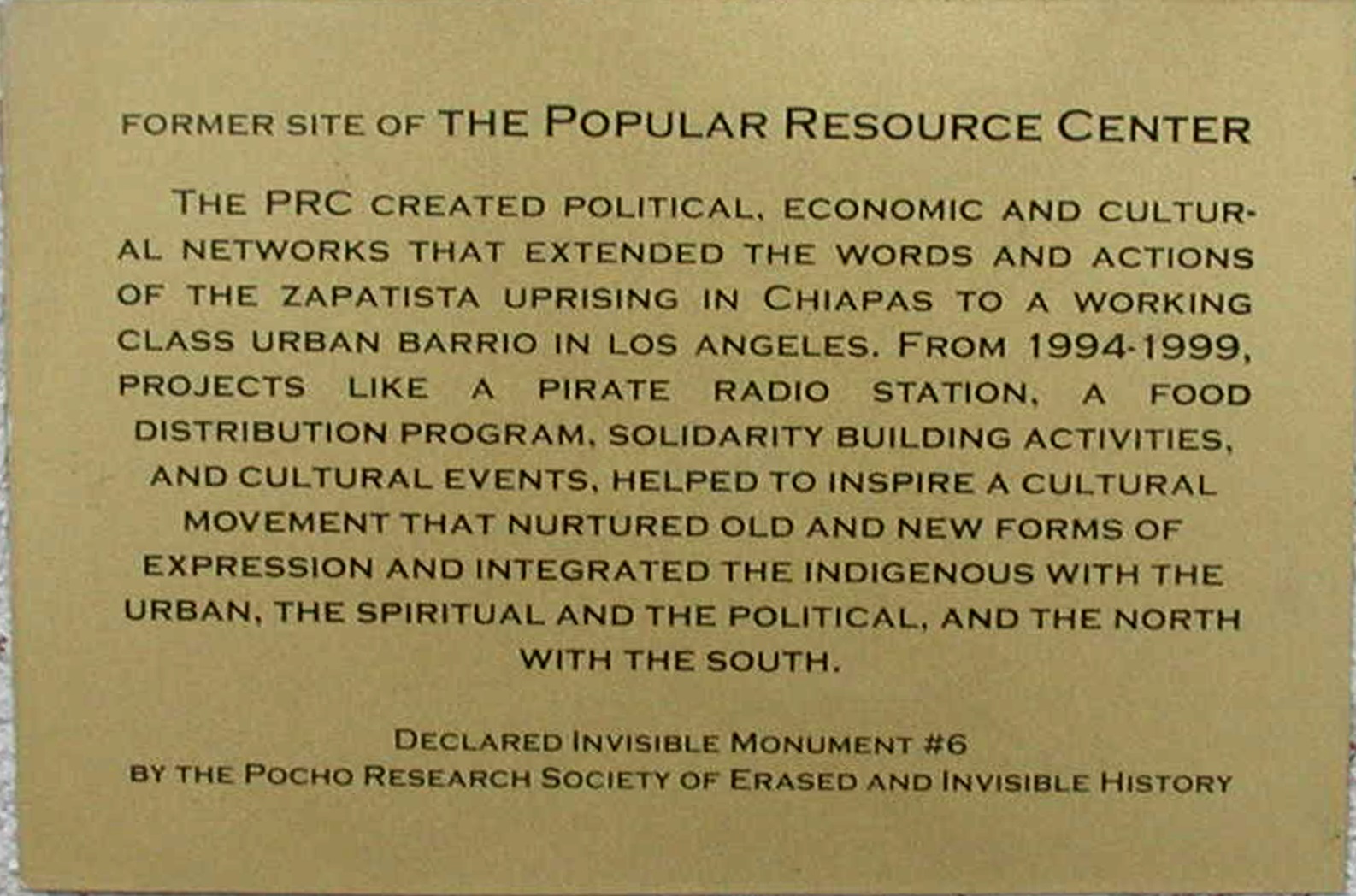
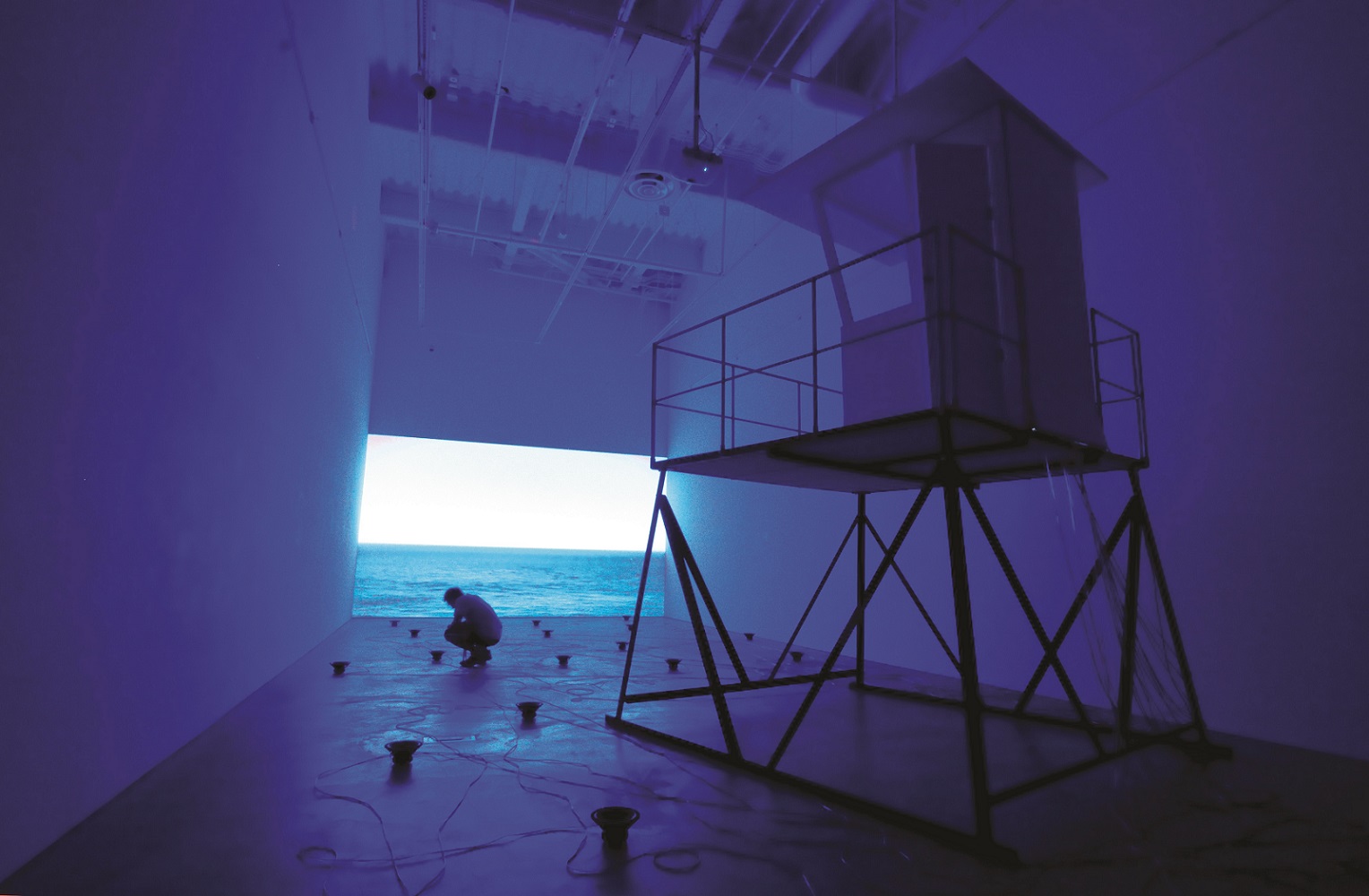
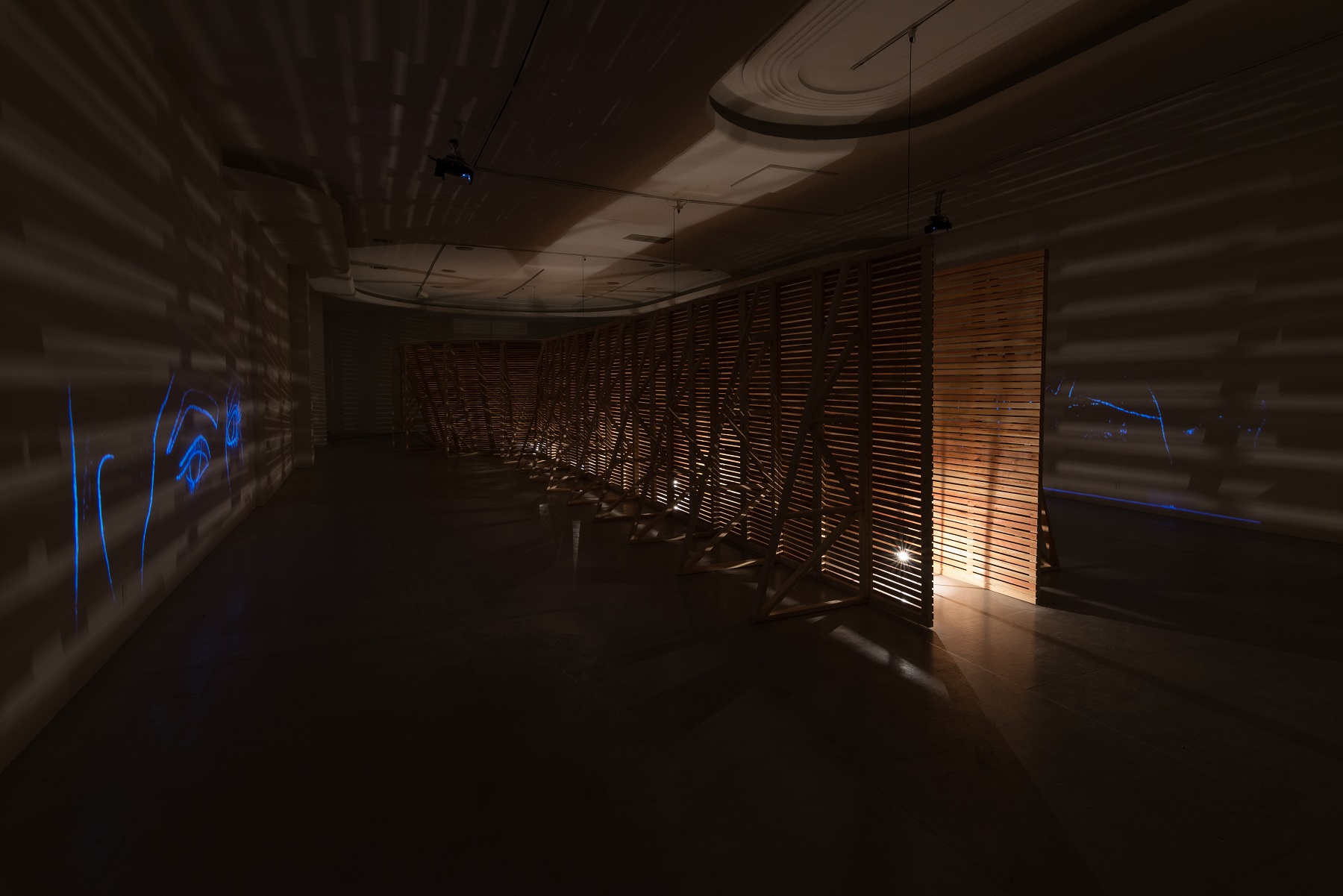
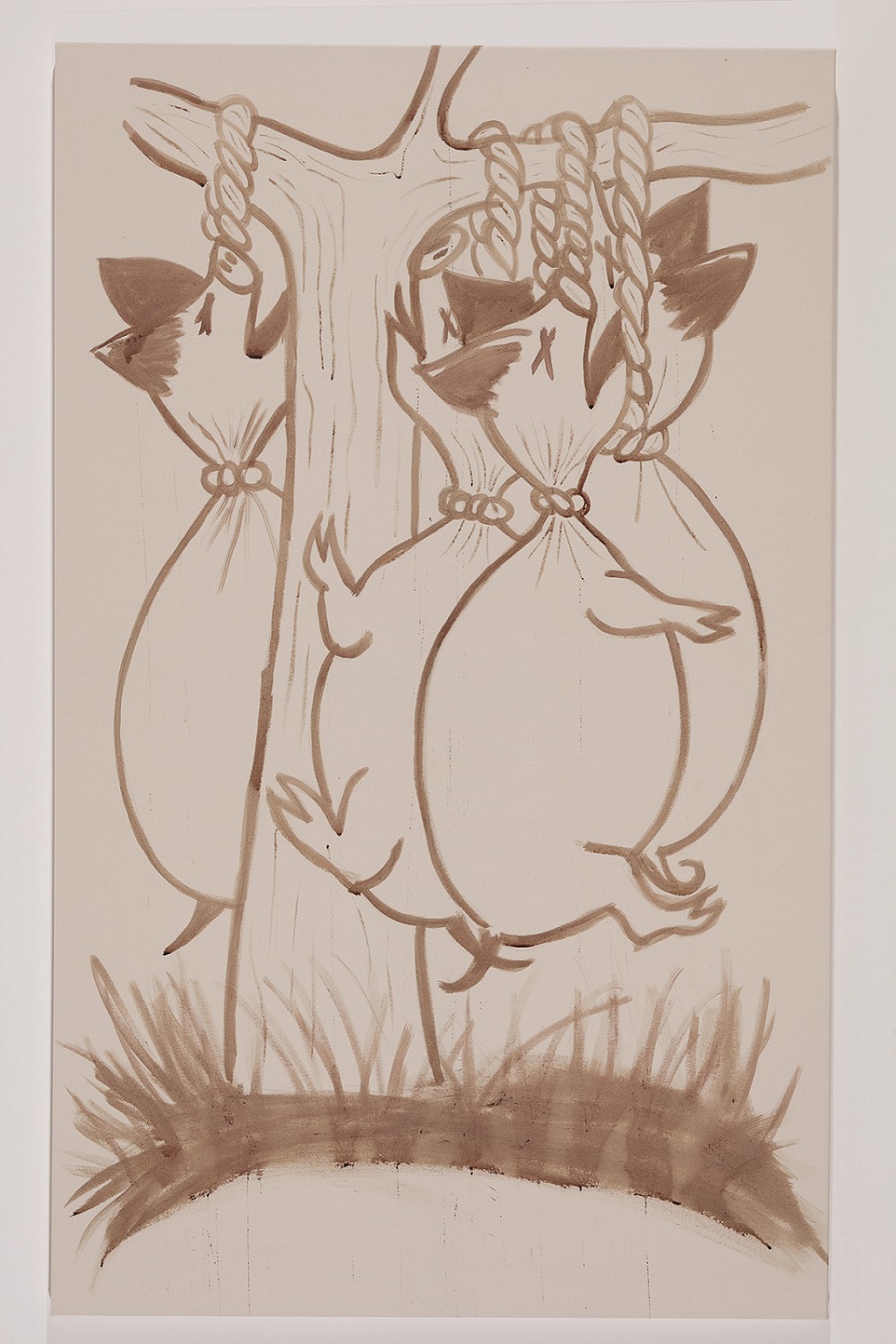
Comments
There are no coments available.